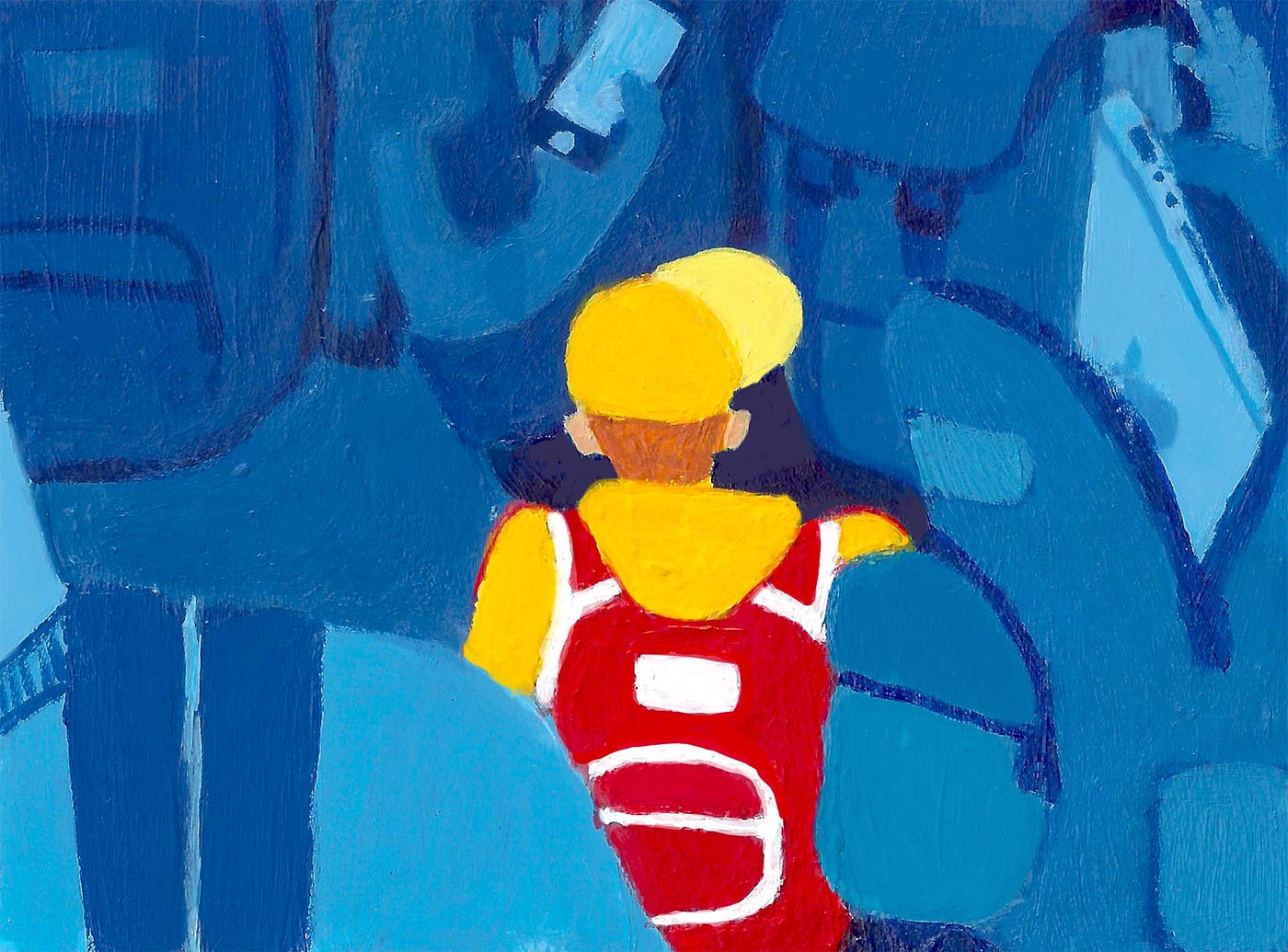
The average wage in the San Francisco tech industry is now $176K a year. While this certainly is cause for celebration if you’re in tech, such a wage largess comes with a number of consequences. As neighborhoods get face-lifted and rents skyrocket, longtime San Francisco families are being forced to leave their homes. Homelessness, evictions, outrageous rent, displacement: these are the issues that are debated in passionate (and sometimes entitled) conversations. Clearly, the tech boom is causing serious shifts in San Francisco communities.
San Francisco’s public schools are being rocked by these recent economic and social shifts. Public-school teachers are struggling to make ends meet with salaries that, in many cases, simply aren’t enough for them to stay in the city. The situation is so bad that San Francisco schools were scrambling to find enough teachers to fill classrooms at the start of the 2015–2016 school year. According to a report by the Learning Policy Institute, the city has seen a 40% increase in public-school-teacher vacancies between 2013 and 2015. And as difficult as it’s been to retain San Francisco teachers, it’s been just as tough to lure teachers to the district. With this shortage in mind, the San Francisco Unified School District (SFUSD) and mayor Ed Lee are trying to attract more teachers, after having announced a plan last fall that would stabilize housing in San Francisco for 500 teachers by 2020.
Beyond the impact felt by teachers, the socioeconomics of the city are rapdily changing. Race and income segregation have grown in the city’s schools, with overall performance and numbers declining at schools in lower-income neighborhoods like Bayview but growing in other, predominantly white neighborhoods. This is due, in part, to the “lottery” process, which gives parents the opportunity to choose which public school they would prefer their child to attend rather than being assigned a school. As a result, racial and economic segregation throughout the school system are more pronounced, and on top of that, white children in San Francisco are more likely to be enrolled in private schools — a fact that further amplifies school segregation throughout the city.
This American Life covered the issue of San Francisco’s imbalanced school system in May and explored what one San Francisco group is doing about it. Despite the massive economic changes that are happening, this is still San Francisco, which means that communities and families are, indeed, stepping up and advocating for social justice in public schools.
But all the changes beg the question, what are the big tech companies that are coming into San Francisco doing to help balance our city’s schools?
Should these companies, which are undoubtedly shaking the socioeconomic foundation of San Francisco, bear some responsibility for helping fix the problems they’ve exacerbated?
The Twitter Tax Break
The answer starts with a tax break. Twitter and other companies were offered a break on payroll taxes for setting up shop in San Francisco’s District 6, which includes Mid-Market. This incentive was intended to keep growing tech companies like Twitter and Zendesk within the city limits and hopefully lure in other blossoming companies.
It worked. But it cost the city $34 million in 2014.
Thanks to the Mid-Market tax break, the city is missing out on crucial dollars that could go toward revitalizing social services to help solve housing and other real, serious issues.
The city’s Mid-Market incentive gives businesses a break on payroll taxes, but property taxes and other business taxes are still collected. In San Francisco, roughly 12 percent of property taxes goes toward funding local public schools. So while the city missed out on millions from the Mid-Market revitalization, it has added at least $8.4 million to its coffers through increased property and real-estate-transfer taxes over the past five years.
And Mid-Market is just the start. The new Salesforce Tower is going to be a significant draw for companies in the tech sector. From businesses moving into any of the “1.4 million square feet of innovative office space,” the city will collect $4.91 per square foot in property taxes, 12 percent of which goes toward the San Francisco Unified School District.
Whatever your opinion of the tax break, the city’s public-school system is certainly among the beneficiaries. But really, how much credit can we give to the tech industry for that? Because of the terms of the incentive, isn’t the benefit to schools kind of an accident?
Giving Back … Sort Of
The developers of the new Salesforce Tower were none too pleased when the city recently decided to raise property-tax rates. In a letter to the city, they threatened to sue over the increase: “To put this in perspective, these [property tax] changes add over $100 million in additional tax burden to the Salesforce Tower alone and similar order-of-magnitude increases to the other projects in the Transbay Plan Area.”
Developers never followed through on the lawsuit, and much of the property taxes paid by residents in the neighborhood will go toward the Transbay Transit Center. But if their estimates are accurate, $100 million in property taxes means roughly $12 million more for public schools, so schools will get something out of the deal. But it isn’t out of the goodness of the hearts of businesses. It seems to be just the way the golden cookie crumbles.
On the other hand, tech companies and other wealth-generating businesses in the Bay Area apparently do give back from the goodness of their hearts. Mark Zuckerberg and Priscilla Chan announced a $120 million donation to Bay Area schools in 2014. This donation, which came on the heels of their botched donation to public schools in Newark, New Jersey, is much more significant than any tax income the city will see from burgeoning tech businesses. Ever the entrepreneur, Zuckerberg hopes the money will “disrupt” the current system and help develop new education models for better results.
And then there’s the Salesforce Foundation, which made headlines with its donations to SFUSD, which totaled nearly $14 million over three years. Salesforce CEO Marc Benioff is serious about giving back to the San Francisco community in particular. He went so far as to call out Lucasfilm for not doing its part for the schools and kids of the city.
Zendesk and other tech companies are even upping their community-service game — in part because they’re required to, per the stipulations of the tax incentive, but also perhaps because they’d rather be part of the solution than the problem.
All these efforts mean that the tech industry is dedicating hours and dollars to giving back, and some of that is in support of San Francisco’s youth. So despite the social and economic shock waves it’s generated throughout San Francisco, the tech industry is at least able to say that it’s doing something to help kids in the city.







